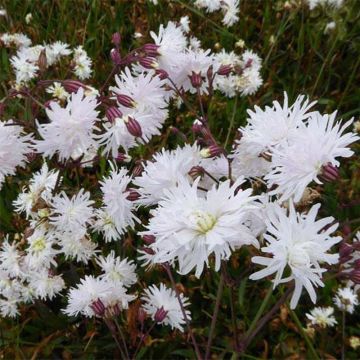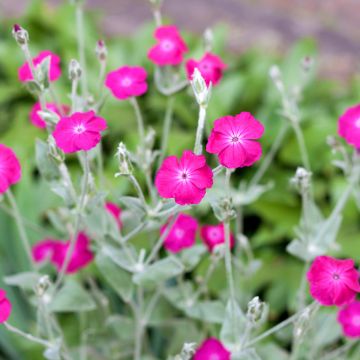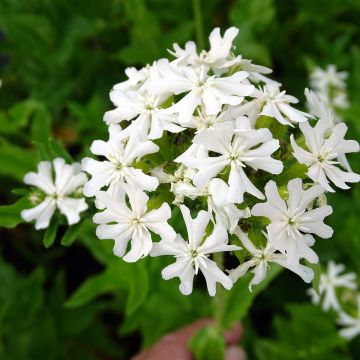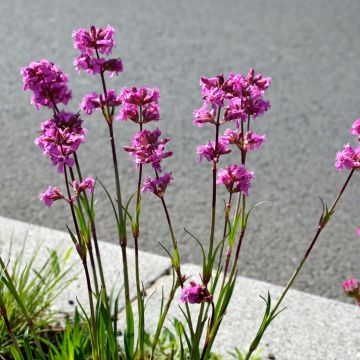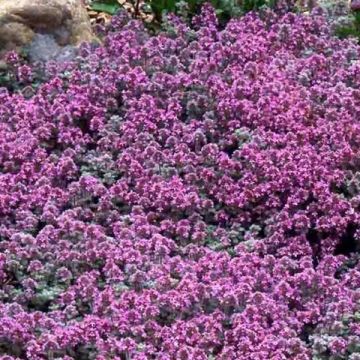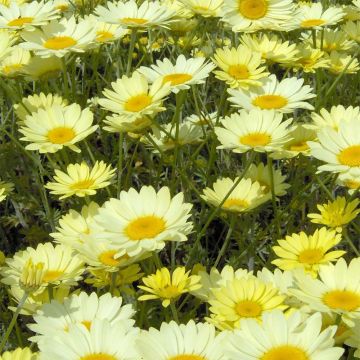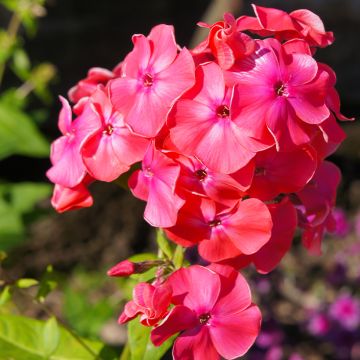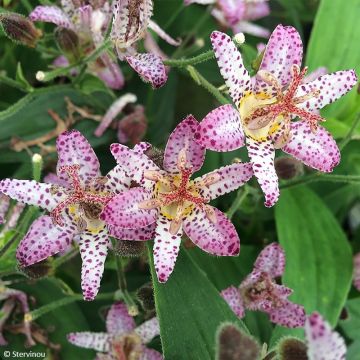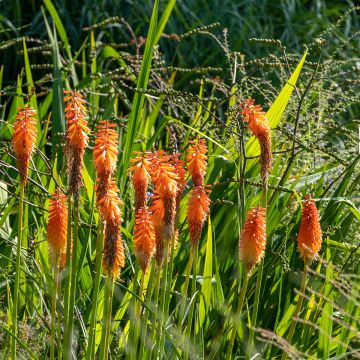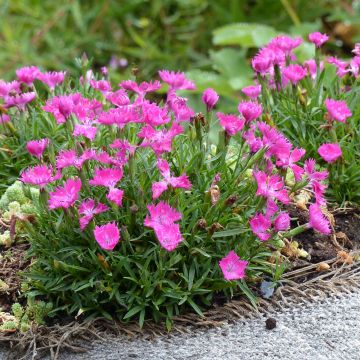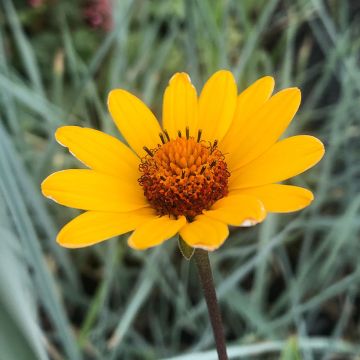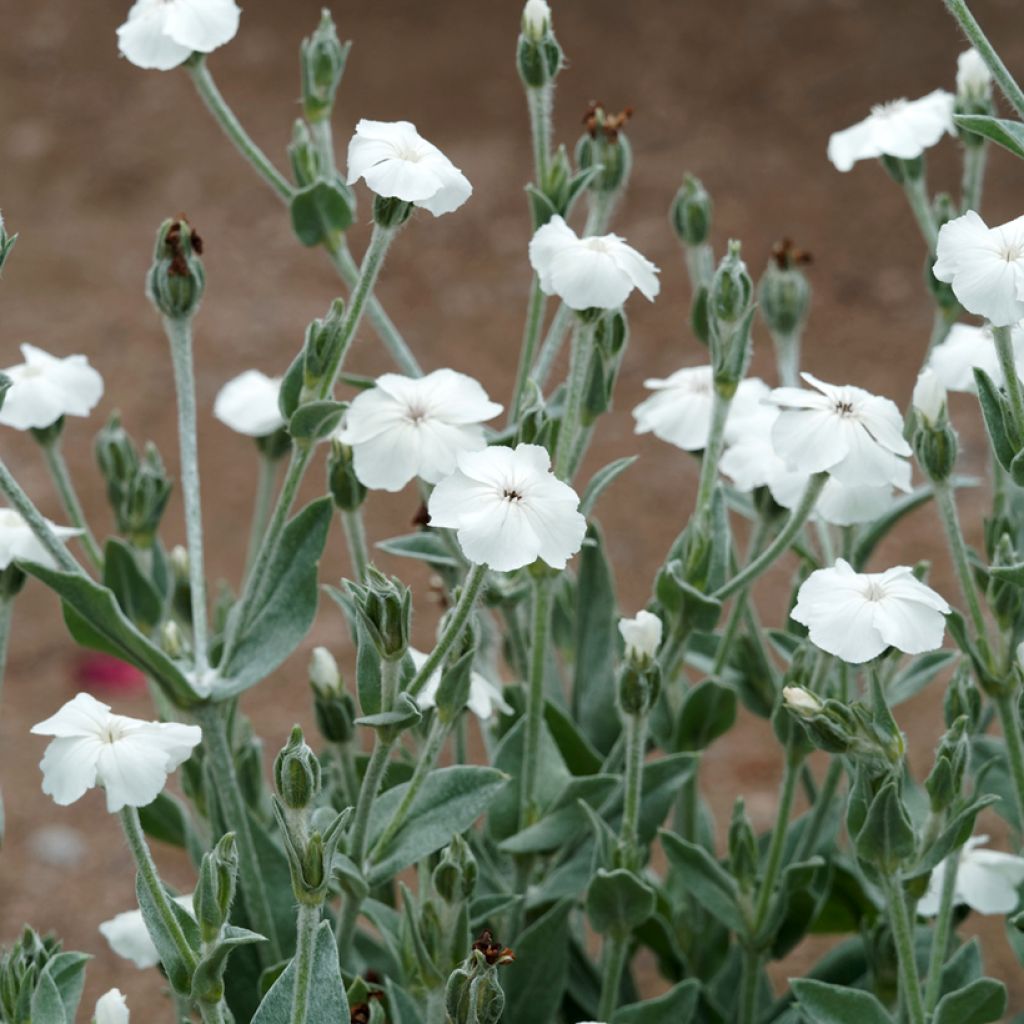

Lychnis coronaria Alba


Lychnis coronaria Alba
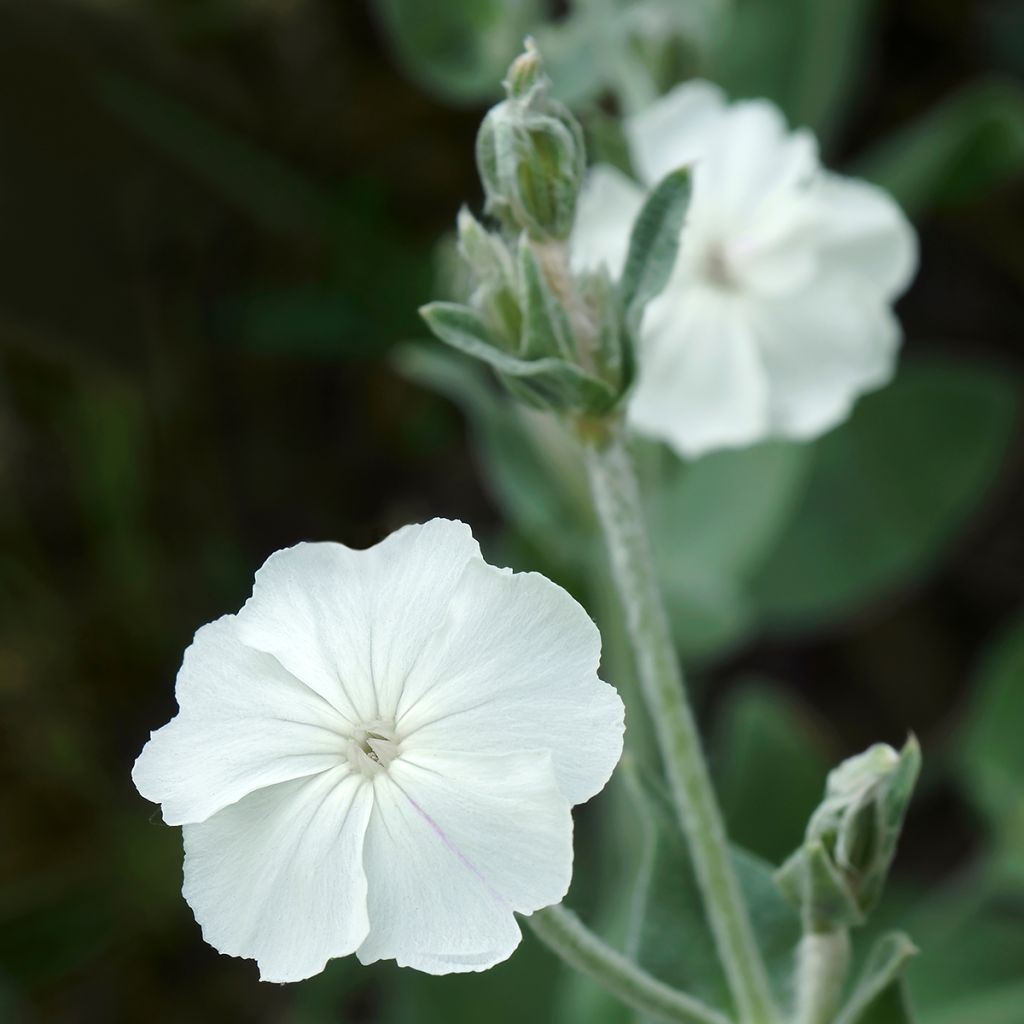

Lychnis coronaria Alba


Lychnis coronaria Alba
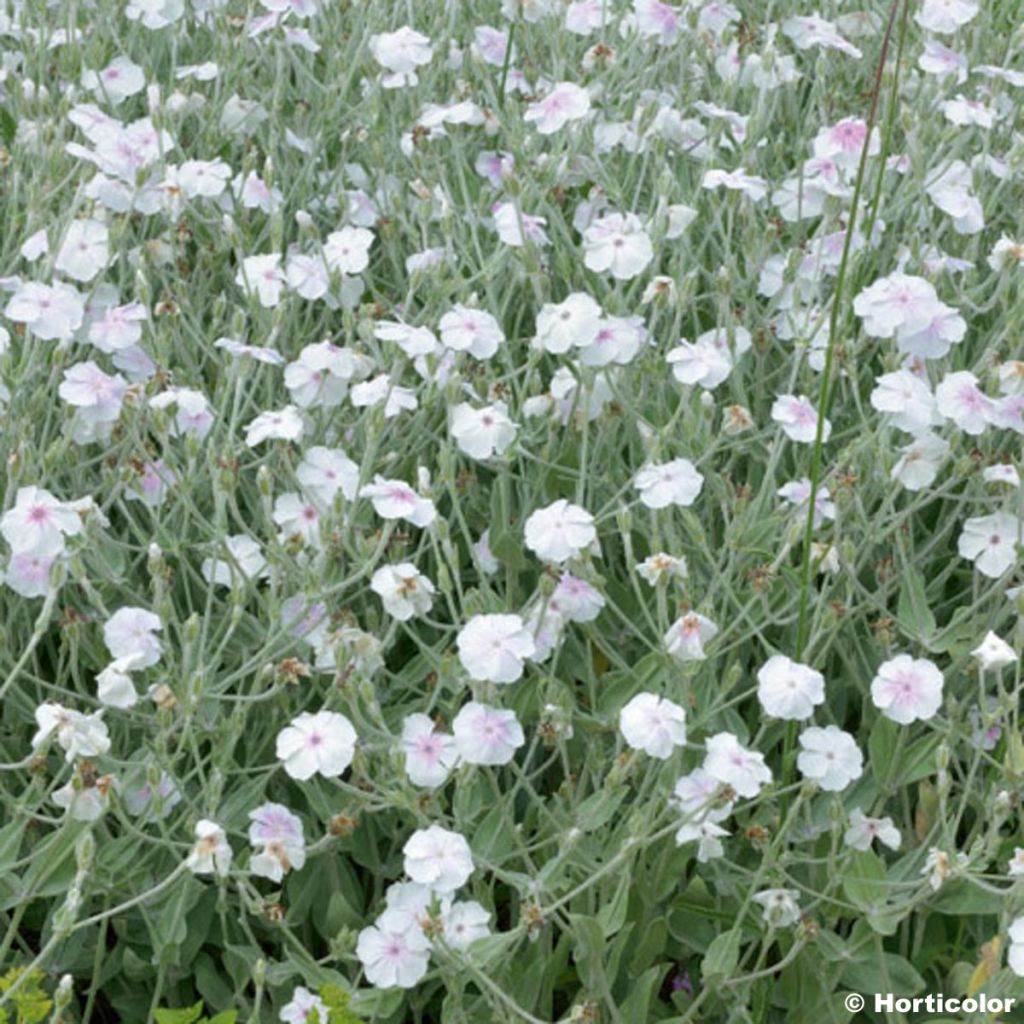

Lychnis coronaria Alba
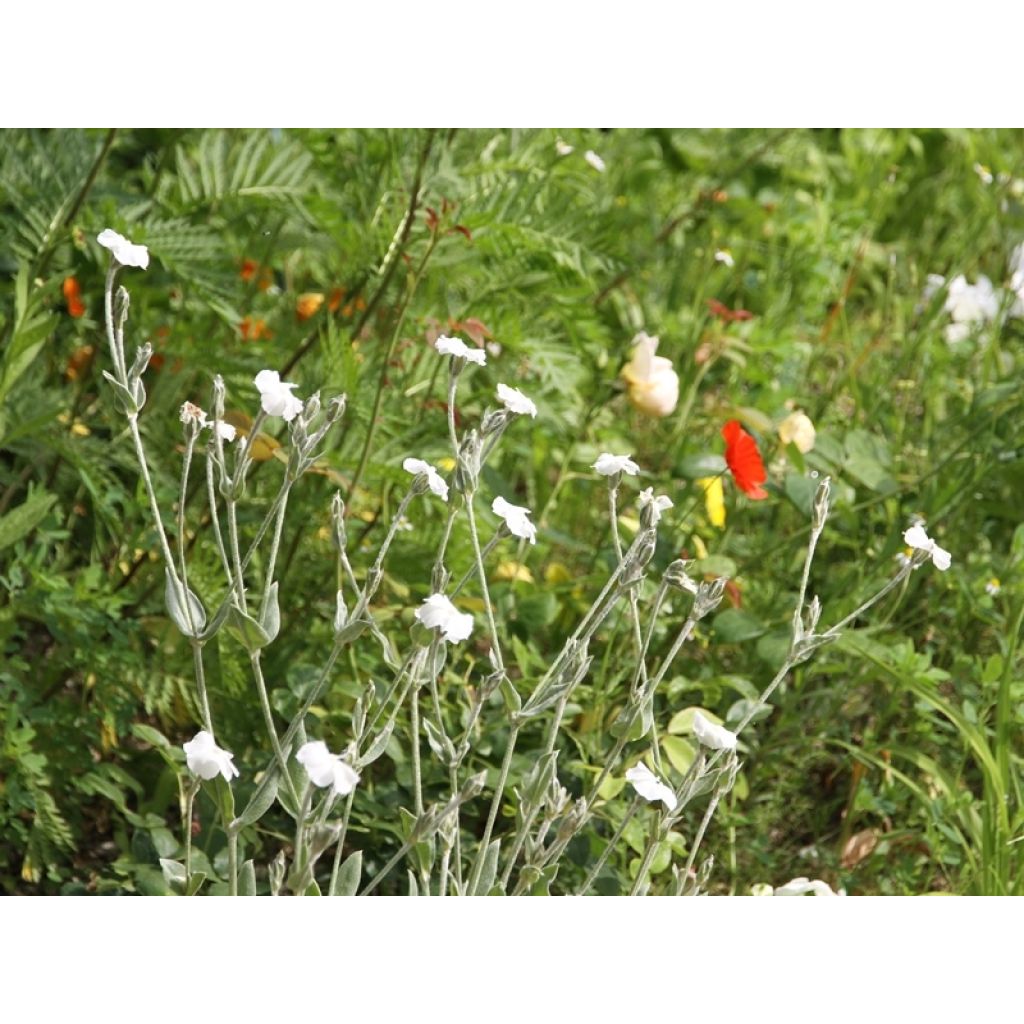

Lychnis coronaria Alba
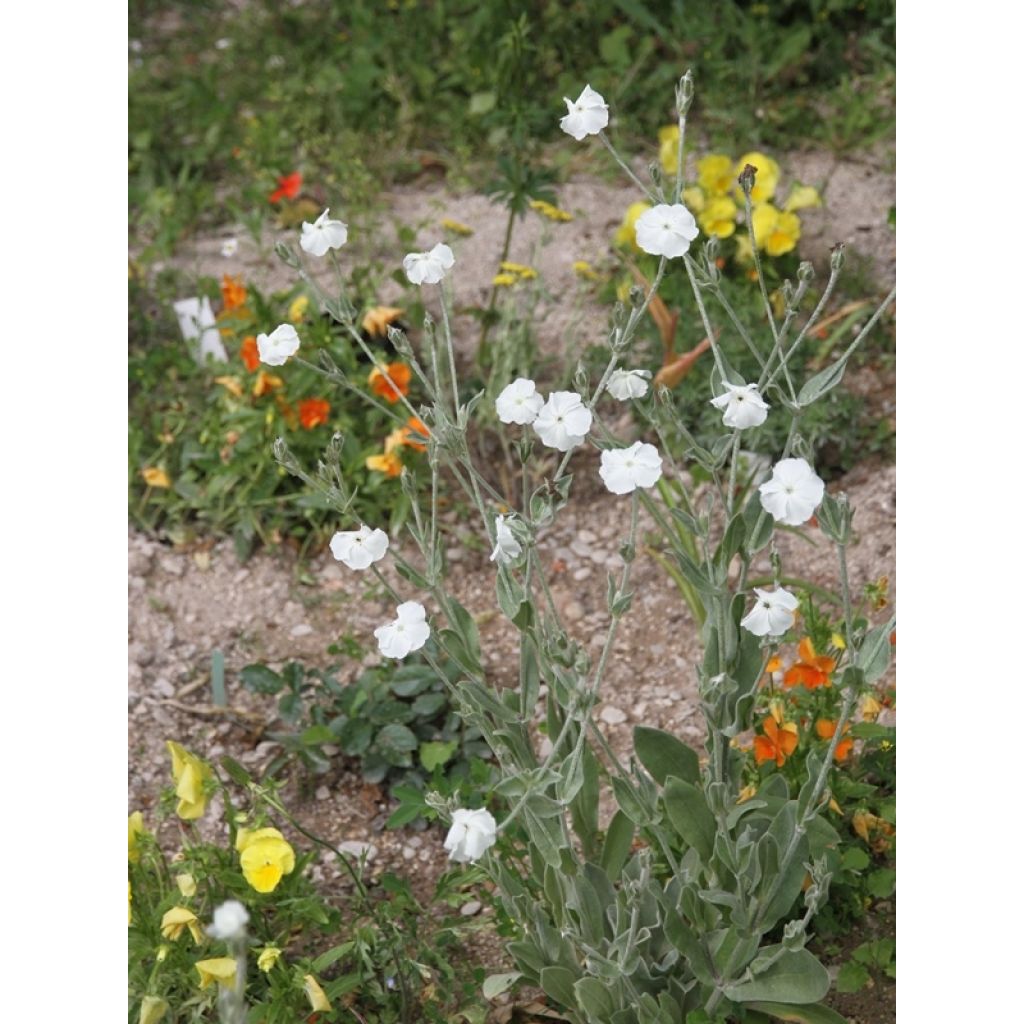

Lychnis coronaria Alba
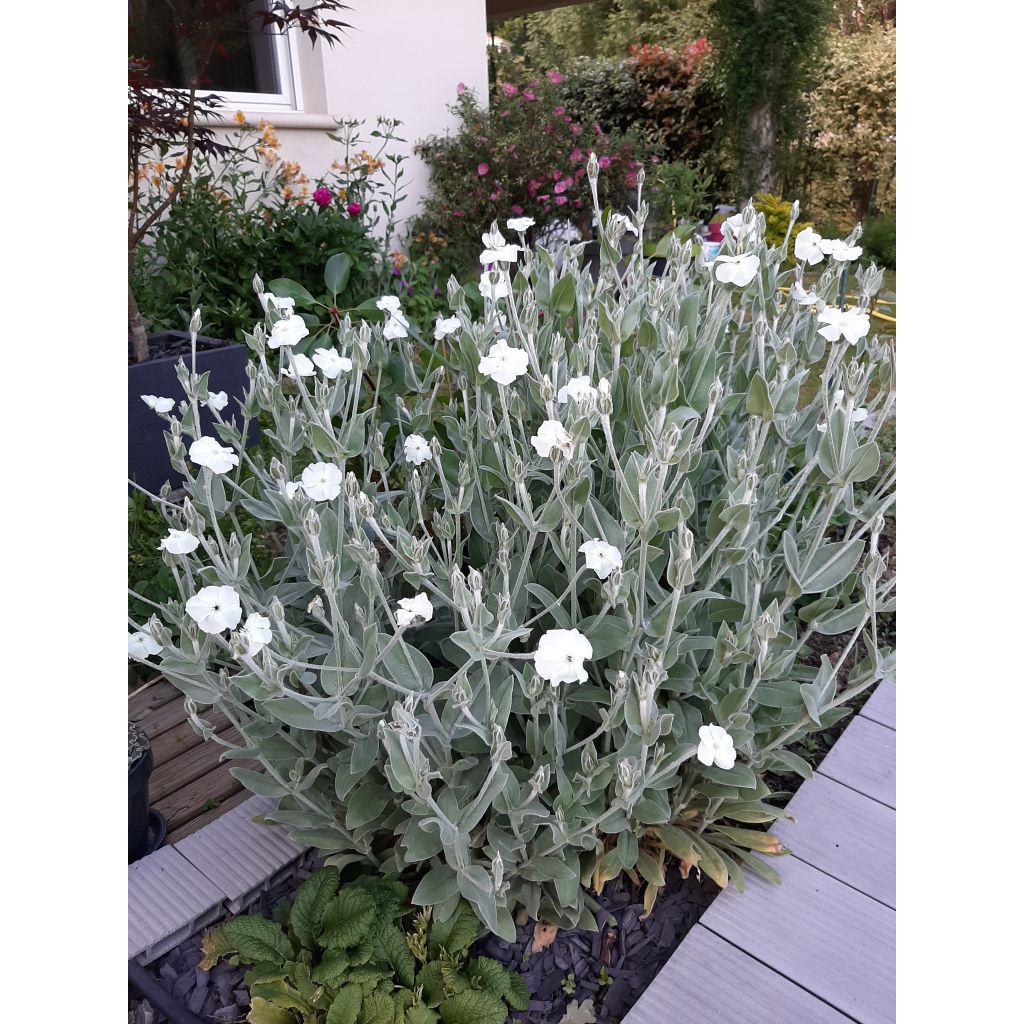

Lychnis coronaria Alba
Lychnis coronaria Alba
Lychnis coronaria Alba
Rose Campion, Dusty Miller, Mullein-pink
Perfect, very pretty and in very good health.
Ann, 30/10/2024
Special offer!
Receive a €20 voucher for any order over €90 (excluding delivery costs, credit notes, and plastic-free options)!
1- Add your favorite plants to your cart.
2- Once you have reached €90, confirm your order (you can even choose the delivery date!).
3- As soon as your order is shipped, you will receive an email containing your voucher code, valid for 3 months (90 days).
Your voucher is unique and can only be used once, for any order with a minimum value of €20, excluding delivery costs.
Can be combined with other current offers, non-divisible and non-refundable.
Home or relay delivery (depending on size and destination)
Schedule delivery date,
and select date in basket
This plant carries a 12 months recovery warranty
More information
We guarantee the quality of our plants for a full growing cycle, and will replace at our expense any plant that fails to recover under normal climatic and planting conditions.


Would this plant suit my garden?
Set up your Plantfit profile →
Description
Lychnis coronaria 'Alba', commonly known as white rose campion, is a perennial plant with a bushy habit. It is entirely covered in soft hair and silvery-grey semi-evergreen foliage. It produces an abundance of small round white flowers throughout summer. Used to rocky terrain and difficult conditions, and easily self-seeding, this plant is the queen of cottage gardens.
Lychnis coronaria 'Alba' is a horticultural variety of L. coronaria, originating from southern Europe and western Asia. It is a tomentose-white perennial plant with a woody stump, forming rosettes at the base. Sturdy stems rise from the foliage, reaching 40 to 80cm (16 to 32in). They are either single or dichotomously branched. Flowering occurs from June to September, in the form of clusters of small round white flowers with long peduncles. Its leaves are oval-oblong, silvery-grey, semi-evergreen, and tomentose.
Persistent down to -15°C (5°F) (Zone 4 to 8), Lychnis coronaria 'Alba' thrives in sunny or semi-shaded locations. This plant is naturally found in uncultivated and rocky soils. Plant it in porous, dry to moist but well-drained, neutral to slightly alkaline soil, from February to April in cool areas and from September to November in milder regions. In regions with harsh winters, it can be potted in autumn to protect it from frost. It tolerates drought well, and requires little care and watering. Prune it after flowering to remove dry parts, and to promote new growth and a second flowering. Note that seedlings may not necessarily produce white flowers.
Plant white rose campion in groups, as a single plant may appear somewhat awkward. A beautiful display can be achieved with the wild form of Lychnis coronaria: the combination of vibrant magenta pink flowers, pure white flowers, and silvery velvet of the foliage of both plants will be spectacular. Lychnis elegantly accompanies old or English roses and aromatic plants such as common sage, thyme, lavender, and rosemary, which require the same growing conditions.
Report an error about the product description
Lychnis coronaria Alba in pictures


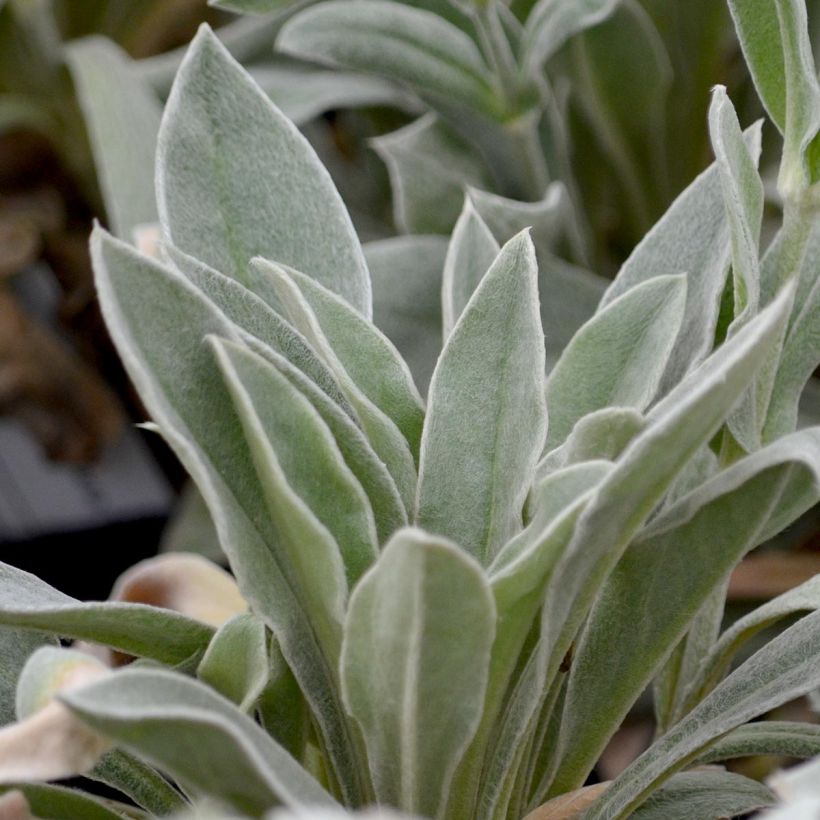



Flowering
Foliage
Plant habit
Botanical data
Lychnis
coronaria
Alba
Caryophyllaceae
Rose Campion, Dusty Miller, Mullein-pink
Central Europe
Other Lychnis
View all →Planting and care
Hardy down to -15°C (5°F) (Zone 4 to 9), Lychnis coronaria 'Alba' thrives in sunny or partially shaded locations. This plant is naturally found in uncultivated and rocky areas. Plant it in porous, dry to moist but well-drained, neutral to slightly alkaline soil, from February to April in cool areas and from September to November in milder regions. In regions with harsh winters, it can be potted in autumn to protect it from frost. It tolerates drought well, and requires little care and watering. Prune it after flowering to remove dry parts, and to promote new growth and a second flowering. Note that seedlings may not necessarily produce white flowers.
Planting period
Intended location
Care
-
, onOrder confirmed
Reply from on Promesse de fleurs
Similar products
Haven't found what you were looking for?
Hardiness is the lowest winter temperature a plant can endure without suffering serious damage or even dying. However, hardiness is affected by location (a sheltered area, such as a patio), protection (winter cover) and soil type (hardiness is improved by well-drained soil).

Photo Sharing Terms & Conditions
In order to encourage gardeners to interact and share their experiences, Promesse de fleurs offers various media enabling content to be uploaded onto its Site - in particular via the ‘Photo sharing’ module.
The User agrees to refrain from:
- Posting any content that is illegal, prejudicial, insulting, racist, inciteful to hatred, revisionist, contrary to public decency, that infringes on privacy or on the privacy rights of third parties, in particular the publicity rights of persons and goods, intellectual property rights, or the right to privacy.
- Submitting content on behalf of a third party;
- Impersonate the identity of a third party and/or publish any personal information about a third party;
In general, the User undertakes to refrain from any unethical behaviour.
All Content (in particular text, comments, files, images, photos, videos, creative works, etc.), which may be subject to property or intellectual property rights, image or other private rights, shall remain the property of the User, subject to the limited rights granted by the terms of the licence granted by Promesse de fleurs as stated below. Users are at liberty to publish or not to publish such Content on the Site, notably via the ‘Photo Sharing’ facility, and accept that this Content shall be made public and freely accessible, notably on the Internet.
Users further acknowledge, undertake to have ,and guarantee that they hold all necessary rights and permissions to publish such material on the Site, in particular with regard to the legislation in force pertaining to any privacy, property, intellectual property, image, or contractual rights, or rights of any other nature. By publishing such Content on the Site, Users acknowledge accepting full liability as publishers of the Content within the meaning of the law, and grant Promesse de fleurs, free of charge, an inclusive, worldwide licence for the said Content for the entire duration of its publication, including all reproduction, representation, up/downloading, displaying, performing, transmission, and storage rights.
Users also grant permission for their name to be linked to the Content and accept that this link may not always be made available.
By engaging in posting material, Users consent to their Content becoming automatically accessible on the Internet, in particular on other sites and/or blogs and/or web pages of the Promesse de fleurs site, including in particular social pages and the Promesse de fleurs catalogue.
Users may secure the removal of entrusted content free of charge by issuing a simple request via our contact form.
The flowering period indicated on our website applies to countries and regions located in USDA zone 8 (France, the United Kingdom, Ireland, the Netherlands, etc.)
It will vary according to where you live:
- In zones 9 to 10 (Italy, Spain, Greece, etc.), flowering will occur about 2 to 4 weeks earlier.
- In zones 6 to 7 (Germany, Poland, Slovenia, and lower mountainous regions), flowering will be delayed by 2 to 3 weeks.
- In zone 5 (Central Europe, Scandinavia), blooming will be delayed by 3 to 5 weeks.
In temperate climates, pruning of spring-flowering shrubs (forsythia, spireas, etc.) should be done just after flowering.
Pruning of summer-flowering shrubs (Indian Lilac, Perovskia, etc.) can be done in winter or spring.
In cold regions as well as with frost-sensitive plants, avoid pruning too early when severe frosts may still occur.
The planting period indicated on our website applies to countries and regions located in USDA zone 8 (France, United Kingdom, Ireland, Netherlands).
It will vary according to where you live:
- In Mediterranean zones (Marseille, Madrid, Milan, etc.), autumn and winter are the best planting periods.
- In continental zones (Strasbourg, Munich, Vienna, etc.), delay planting by 2 to 3 weeks in spring and bring it forward by 2 to 4 weeks in autumn.
- In mountainous regions (the Alps, Pyrenees, Carpathians, etc.), it is best to plant in late spring (May-June) or late summer (August-September).
The harvesting period indicated on our website applies to countries and regions in USDA zone 8 (France, England, Ireland, the Netherlands).
In colder areas (Scandinavia, Poland, Austria...) fruit and vegetable harvests are likely to be delayed by 3-4 weeks.
In warmer areas (Italy, Spain, Greece, etc.), harvesting will probably take place earlier, depending on weather conditions.
The sowing periods indicated on our website apply to countries and regions within USDA Zone 8 (France, UK, Ireland, Netherlands).
In colder areas (Scandinavia, Poland, Austria...), delay any outdoor sowing by 3-4 weeks, or sow under glass.
In warmer climes (Italy, Spain, Greece, etc.), bring outdoor sowing forward by a few weeks.
































